The History of Direct Response Advertising
The history of direct response advertising can be traced back to the early days of the printing press, when merchants would use flyers and handbills to promote their goods and services. However, it wasn’t until the advent of the telephone and television that direct response advertising truly began to take off. In the 1950s and 1960s, legendary marketers such as Gary Halbert and Claude Hopkins pioneered the use of long-form sales letters and infomercials to drive direct response. These early pioneers laid the foundation for the direct response industry we know today. As technology progressed, direct response evolved with it. With the advent of the internet, direct response advertising has become even more measurable and effective, with businesses now able to track the success of their campaigns in real-time and make adjustments on the fly. Today, direct response advertising is a multi-billion-dollar industry, with businesses across a wide range of industries utilizing its power to drive growth and success.
The Key Players That Shaped the Industry
As the direct response industry has evolved, a number of key players have emerged, each bringing their own unique perspective and innovations to the table. Perhaps the most influential of these was the late Gary Halbert, who used copywriting and psychology to create powerful direct response campaigns. He was known for his long-form sales letters, which were highly effective at driving response.
Another key player in the industry was the late Joe Sugarman, who popularized the use of blue-sky thinking and storytelling in direct response advertising. His book “Triggers” is considered a classic in the industry. More recently, digital marketing gurus like Ryan Deiss, Frank Kern, and Russell Brunson have helped shape the industry, with their focus on online direct response advertising and digital funnel building. They have helped businesses to reach a wider audience and even more precise targeting.
The Success of Direct Response Advertising
The success of direct response advertising is undeniable. By focusing on driving a specific action from the consumer, direct response allows businesses to measure the effectiveness of their advertising campaigns in a way that other approaches simply can’t match. This has led to a proliferation of direct response campaigns across a wide range of industries, from infomercials for weight loss products to direct mail campaigns for political candidates.
The key to the success of direct response advertising is its ability to create a sense of urgency and scarcity in the consumer’s mind. This, combined with an effective call-to-action, can lead to a high conversion rate. Additionally, by using A/B testing and other data-driven techniques, businesses can optimize their campaigns for maximum effectiveness.

How Businesses Leverage Direct Response Advertising
Businesses of all sizes can leverage direct response advertising to drive growth and success. By focusing on a specific call to action, direct response campaigns can be used to generate leads, increase sales, and build brand awareness. Additionally, by using A/B testing and other data-driven techniques, businesses can optimize their campaigns for maximum effectiveness. Direct response advertising can be leveraged in a variety of ways, including:
- Email marketing: businesses can use direct response techniques to drive conversions and sales through email campaigns.
- Landing pages: businesses can use landing pages to capture leads and drive conversions.
- Social media advertising: businesses can use social media advertising to drive traffic to landing pages and increase conversions.
- Paid search advertising: businesses can use paid search advertising to drive traffic to landing pages and increase conversions.
In Conclusion
Direct response advertising is a powerful and effective approach that has stood the test of time. From its early days to the present, the industry has been shaped by some of the most innovative and successful minds in the business. By understanding the history and key players of the industry, businesses of all sizes can leverage this powerful approach to drive growth and success. By focusing on a specific call to action, direct response campaigns can be used to generate leads, increase sales, and build brand awareness. Additionally, by using A/B testing and other data-driven techniques, businesses can optimize their campaigns for maximum effectiveness. The key to success with direct response advertising is the ability to create a sense of urgency and scarcity in the consumer’s mind, and to effectively measure the results of the campaign. With these tools and techniques, businesses can effectively use direct response advertising to achieve their goals


